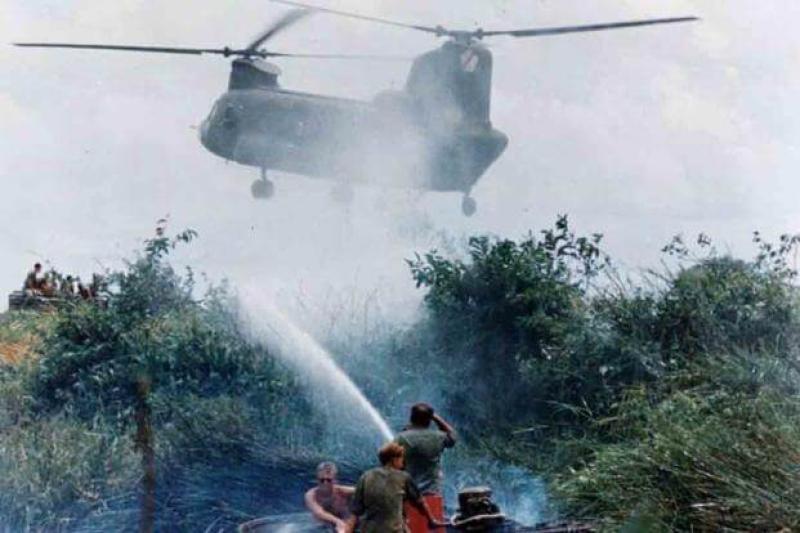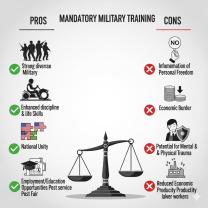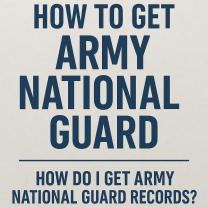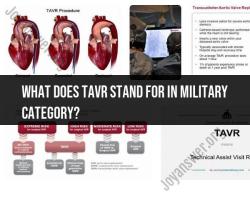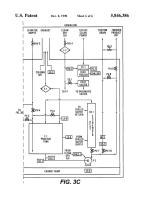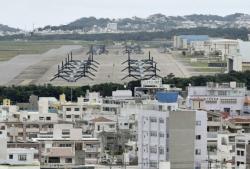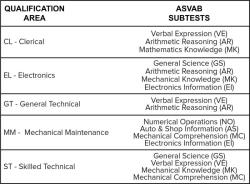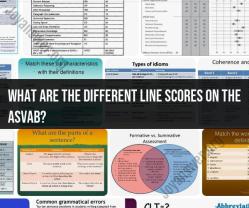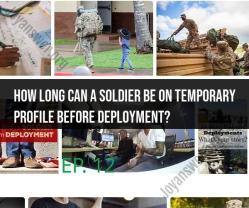How was Agent Orange shipped to Vietnam?
Agent Orange, a herbicide used during the Vietnam War, was transported to Vietnam in various ways:
Shipping Containers: Agent Orange was primarily transported in large metal shipping containers. These containers were loaded onto ships for transportation across the Pacific Ocean to Vietnam.
Cargo Ships: The herbicide was shipped in bulk quantities aboard cargo ships. These ships carried large quantities of Agent Orange in barrels or containers as part of military logistics and supply operations.
Military Supply Chains: The transportation of Agent Orange was part of military supply chains. It was handled by military personnel and contractors responsible for the procurement, storage, and distribution of supplies during the war.
Air Transport: Some amounts of Agent Orange might have been transported by air. However, due to the volume and weight of the herbicide needed for widespread use, sea transport in cargo ships was more common.
The transportation and use of Agent Orange during the Vietnam War have been controversial due to its long-term environmental and health effects on both Vietnamese civilians and military personnel. The handling and storage of Agent Orange have been linked to significant environmental contamination and health issues, leading to efforts for environmental cleanup and support for affected individuals.
What were the logistical methods used to transport Agent Orange to Vietnam?
The logistical methods used to transport Agent Orange to Vietnam during the Vietnam War were multifaceted and complex, involving various transportation modes and infrastructure:
1. Maritime transport:
- Ocean freighters: Large cargo ships were the primary means of transporting Agent Orange from its production facilities in the United States, mainly from Monsanto plants in Ohio and Mississippi, to ports in South Vietnam, primarily Da Nang and Qui Nhon.
- Tankers: Specialized tankers designed for carrying hazardous materials were also used, particularly for bulk quantities of Agent Orange concentrate.
- Drums and barrels: The herbicide was typically packaged in 55-gallon steel drums or smaller barrels, loaded onto pallets and secured within shipping containers for added protection.
2. Inland transportation:
- Trucks: Once offloaded at Vietnamese ports, Agent Orange was transported inland by trucks, utilizing existing road networks and military convoys. Trucks delivered the herbicide to storage facilities, airbases, and forward operating bases closer to areas where it would be deployed.
- Trains: In some instances, railways were also used for inland transportation, especially for larger quantities or when road infrastructure was limited.
- Helicopters: In specific situations, particularly for urgent needs or remote locations, helicopters might be employed for airlifting smaller amounts of Agent Orange closer to targeted areas.
3. Air transport:
- Cargo planes: While less common, some Agent Orange was transported directly from the U.S. to Vietnam via military cargo planes, especially during the early stages of the war when ground infrastructure was still being developed.
Additional logistical considerations:
- Labeling and identification: Drums and containers were typically labeled with markings like "Agent Orange" or "Herbicide Orange" along with hazard warnings and handling instructions.
- Security and control: Due to its toxic nature, Agent Orange transportation involved security measures to prevent leaks, accidents, or unauthorized access. Military escorts and specific protocols for handling and storage were implemented.
- Environmental impact: Leaks, spills, and improper handling during transportation also contributed to Agent Orange's environmental contamination in Vietnam, posing risks to human health and ecosystems.
Understanding these logistical methods is crucial for comprehending the full scope of Agent Orange's use in Vietnam and its lasting consequences.
Please let me know if you have any further questions or if you'd like to delve deeper into specific aspects of Agent Orange transportation logistics.
